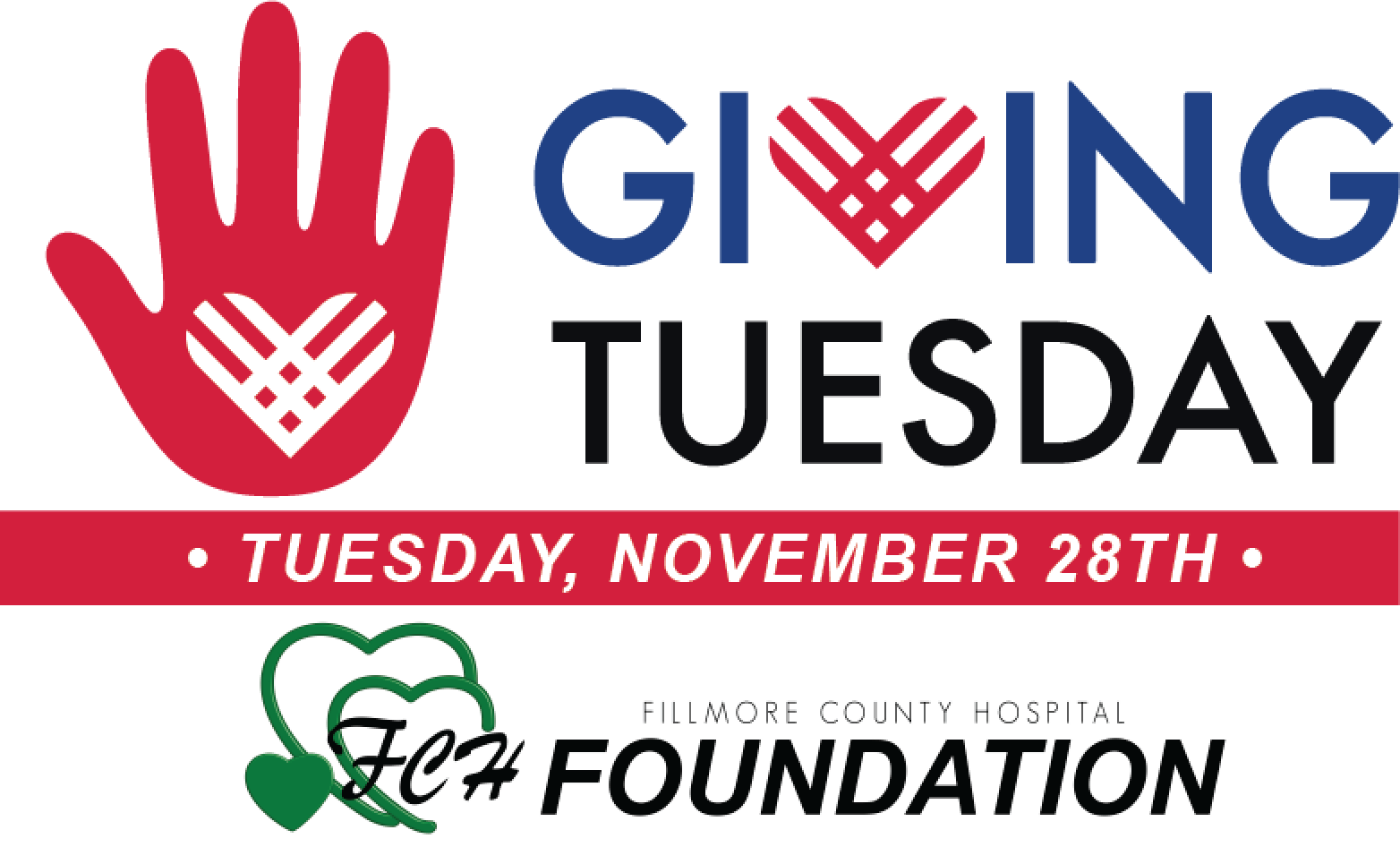History of Fillmore County Hospital
Through the years, Fillmore County Hospital has strengthened its rapport by continuously adapting to the healthcare needs of the county and surrounding areas. Additions, renovations, and relocations have allowed the hospital space to grow and expand the services offered to patients. The support from the community has been remarkable and it is that support which gives the hospital the ability and resources to provide exceptional care and innovative services.
The need for adequate hospital facilities in Fillmore County had been recognized before World War I by people concerned with the welfare and progress of the county. Dr. Royal Woods and Dr. Joseph Bixby built the two-story frame house known as the Archer house, becoming the first hospital in Geneva. A few years later in 1925, a registered nurse purchased the George W. Smith property which became the Fillmore Hospital.
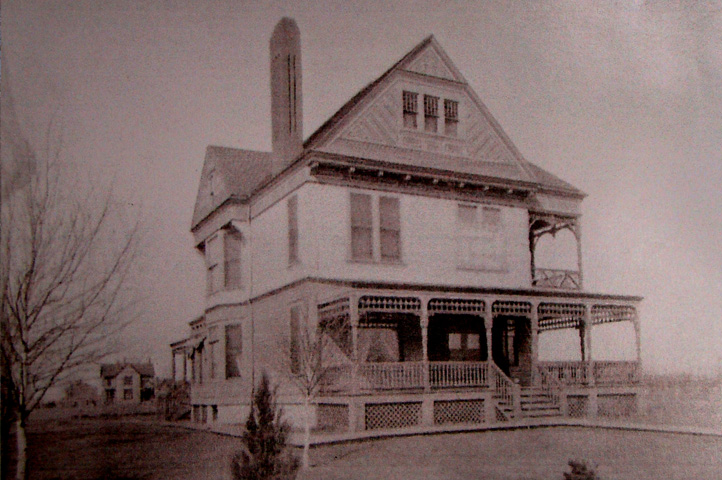
Then vs Now - George W. Smith House, Fillmore Hospital (1925-1942)

With the continued demand for healthcare, Mr. & Mrs. William Armstrong of Bruning converted the former home of Charles Thorpe, a world-famous European jockey “The Honest Jockey”, into the Geneva General Hospital in 1937. At this point, the Fillmore Hospital and Geneva General Hospital were both in operation and providing care to the county residents. The following years, however, proved to be quite difficult for both hospitals to continue operating due to funding, family crisis, management exchanges, and one incidence of closure by order of the state fire marshal.
In 1948, after a year without medical facilities, a committee gathered to organize the voting of a county bond issue to build a 30-bed county hospital. Despite numerous public meetings and efforts, the proposition for a $190,000 county bond was defeated by 316 votes from a total of 4,322 voters in Fillmore County. After three more ballot attempts and many changes to the proposition, a special election held on June 10, 1958 proved to be successful and plans for the new county hospital were put into place. The total project was planned to cost $325,000, with approximately 40% of which came from the United States Congress Hospital Survey and Construction Act (better-known as the Hill-Burton Act).
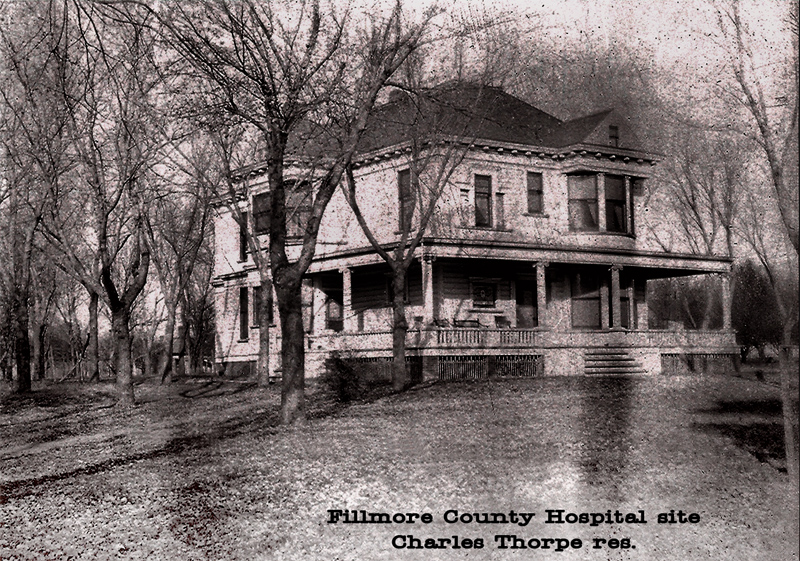
Charles Thorpe Residence, Geneva General Hospital (1937-1940, 1942-1947)
Ground was broken for the new building on July 18, 1959 and on February 5, 1961, nearly 700 people gathered at the Geneva City Auditorium to dedicate the new Fillmore County Hospital. Over 1,500 people attended the following Open House to get a first look at the interior of the new structure and its equipment.
Featured equipment in this new hospital included the following:
- Each patient had direct communication lines to the nurse’s station
- Each bed had separate outlets for TV and oxygen
- Beds could be lowered/raised electrically and were adjustable to any position
- Special lights to be used in surgery and delivery rooms
- Wheelchair accessible showers, as well as other bathroom features
The first patient of Fillmore County Hospital was admitted three days later, on February 8, 1961.

Fillmore County Hospital (1961-2012)
Shortly after opening, the Fillmore County Hospital Auxiliary was organized to provide volunteer service and assist in any movement which supported the welfare of the Fillmore County Hospital. One hundred thirty-four ladies signed the constitution as charter members and paid their 50₵ annual dues.
Four years later, an addition was built to expand room for hospital beds. The second addition came in 1970, when a crucial, long-term care wing was added to Fillmore County Hospital. In 1973, space was made to add a Physical Therapy department. The Fillmore County Hospital Auxiliary met in 1978 to discuss the need for a Quiet Room at the hospital where families could be together, where a patient might go for time alone or where groups or individuals could go to consult, wait or meditate and funds were raised within two years to accomplish this project. Other renovations occurred over the years including the outpatient area, fitness center, nurse’s station, medication room, and business offices.
Among the numerous renovations, money was raised in 2004-2005 to add a new surgery suite, labor and delivery suite, female lounge, recovery area, board room, anesthesia room, surgery charting area, and automatic sliding doors for the main entrance and emergency room entrance. This project provided space for more surgical procedures to be done, especially in the orthopedic field, and offered more comfort and privacy to recovering patients and their families. The new obstetrical area was designed as a more “at-home”, friendly environment for new mothers to enjoy the special family time after birth.
Just five years later, Paul Utemark IV, administrator of Fillmore County Hospital, initiated discussions of an opportunity to build a new facility. The United States Department of Agriculture had funds available for application and positive feedback from financial auditors encouraged the hospital board to move forward with the opportunity. The county voted to build the new hospital and ground was broken in October of 2010 at the current location off Highway 81 in Geneva.
Before completion, a time capsule was buried, containing numerous memories of Fillmore County Hospital throughout its existence. A few of the items include significant newspaper articles, list of current staff and board members, various advertisements, pictures of all the old hospital buildings, a prescription pad from Dr. Charles Ashby, and countless additional treasures. A day of celebration happened on February 26, 2012 when the new hospital was dedicated and open for patient care.
A full-time orthopedic surgeon, Dr. Travis Stoner, joined the staff in 2013 which launched an opportunity to expand services. The Touchstone Orthopaedics clinic offers data-driven results for elective knee and hip joint replacement patients. Through continuous patient education and feedback, Touchstone Orthopaedics has become one of the leading programs in the United States in many areas including overall patient satisfaction (97%), complication rate (0%), and mild to no pain when walking post-surgery (98%). Statistics based on hip and knee surgeries performed during October 2015-September 2016. In 2019 Touchstone added the use of MAKO robotic assisted knee replacement and saw these already impressive results become even better with the use of this technology.
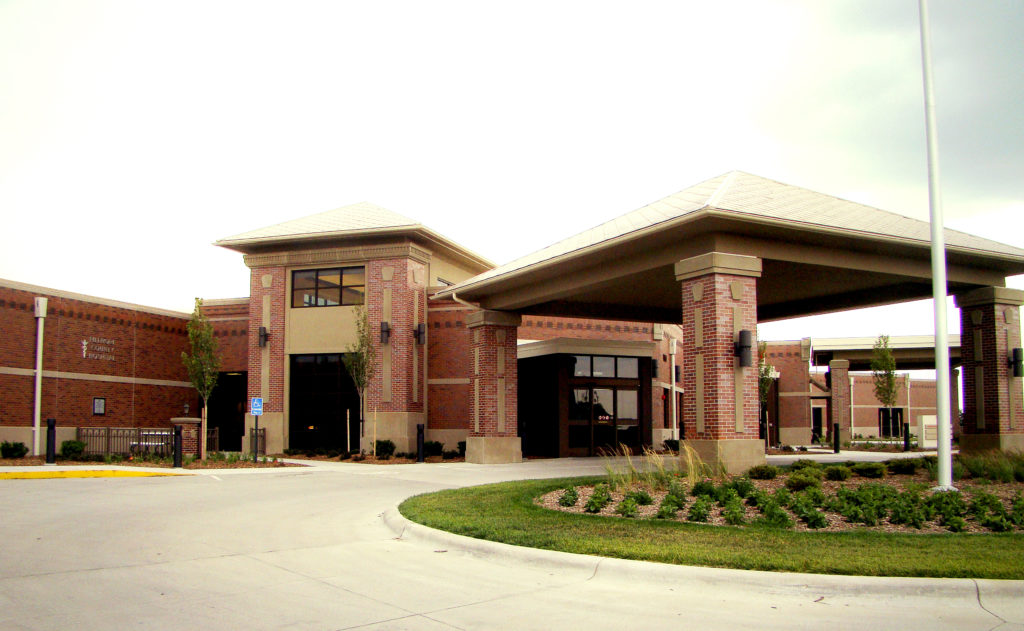
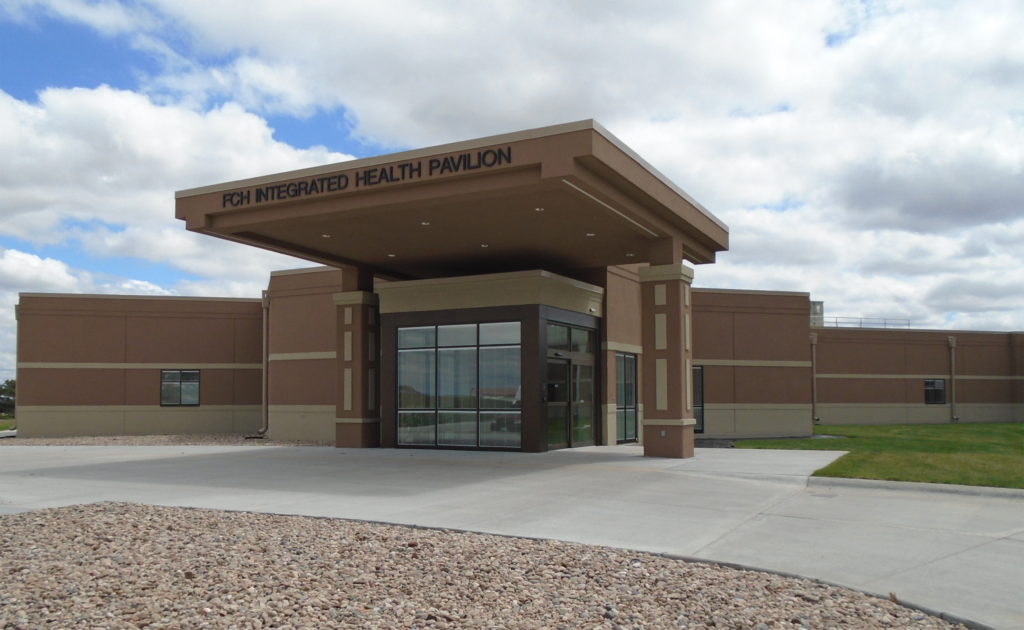
Other departments have evolved since the 2012 move as well: Radiology upgraded to digital x-rays, and 3-D Mammography. Lab continuously adds new technology testing including PCR testing that previously was only performed in large, reference labs. The OB/Nursery unit is comfortable, quiet and self-contained. Hope Cancer Rehab was launched in 2018 to organize our many rehab and therapy services into a program that’s available for our patients with those needs. In addition to patient services, the entire facility has increased security systems to provide for the safety of our patients and staff.
The Integrated Health Pavilion was built adjacent to Fillmore County Hospital and opened on July 1, 2015. The pavilion houses a new 10-bed, inpatient geriatric psychiatric unit which has proven to be a highly-demanded asset for patients in our region and beyond. Outpatient behavioral health, speech therapy, and Puzzle Pieces Pediatric Therapy are also housed in the pavilion. Puzzle Pieces Pediatric Therapy, or P3, has been a successful service that serves children 18 and under. Physical therapy, occupational therapy, and speech therapy help maximize the child’s potential through play, with additional behavioral health services offering emotional support and healing for the child.
Whole-person care has become a crucial part of all services offered at Fillmore County Hospital. The behavioral health team has integrated its services to assist patients with anxiety and other emotional disorders throughout their medical treatment. Fillmore County Hospital is focused on delivering exceptional care, innovative services, and trusted outreach and education in all stages of life.
1961 Dedication & Open House
1988 FCH Health Update
